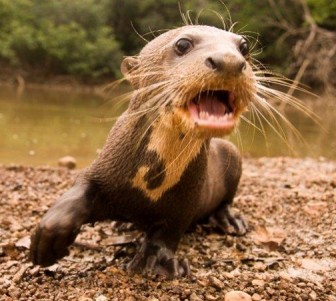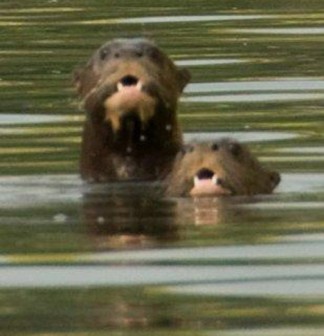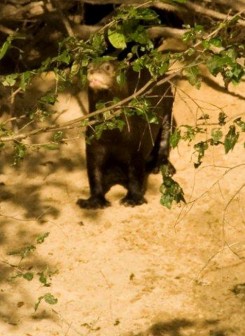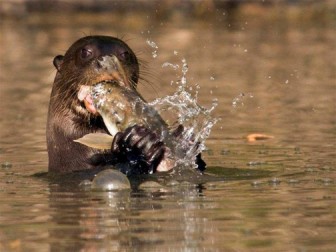This is the first in a series of articles about the various species of fauna and flora which abound in Guyana’s rain forest and the Rupununi Savannahs. Subsequent articles in the series will be published on Sundays. They appear compliments of the Iwokrama International Centre for Rainforest Conservation and Development.
“Rain forests are rich in biodiversity and are home to many different plants and animals as well as for indigenous communities. Even if you don’t live in the rain forest, humans rely on the forest for resources such as building materials (wood and lianas), medicine and fruits. Rain forests also provide essential environmental services for life on earth; they create soil as well as prevent soil erosion, produce oxygen though photosynthesis, maintain clean water systems, and are a key defence against climate change.

“The Iwokrama Rain Forest is 371,000 hectares, located in the heart of Guyana. Our mission is to develop strategies for conservation and sustainable development for local people in Guyana and the world at large. We are involved in tourism, training, research and our timber is certified by the Forest Stewardship Council. Come and visit us in the rain forest or at http://www.iwokrama.org.”

The Giant River Otter, ‘Water Dog’ or ‘River Wolf’ (Pteronura brasiliensis) is the most endangered mammal in the neo tropics as they were once hunted for their fur.
Today they are protected and it is illegal to trap them for the pet trade or for their pelt. They are found across north-central South America and they can be commonly seen in the rivers and lakes in Iwokrama and the North Rupununi; Diane McTurk is world renowned for her work rehabilitating Giant River Otters at Karanambu in Guyana.
Otters are large, sleek and dark brown with white throat markings which are unique to each animal.

They range in size between 1.5 to 1.8 m in length. Their short legs, webbed feet and long paddle-shaped tails make them at home in the water, and their sensitive whiskers help them find and catch fish to eat in dark coloured water. Giant Otters live in family groups along rivers and streams, sleeping in burrows dug out from the river bank.
Juveniles help their parents take care of the new litter of pups and the family is gregarious, patrolling their river territories, marking their dens and campsites with stool and urine. Other than humans, adult otters have no natural predators; not even an anaconda or black caiman would think about attacking a full grown Giant River Otter.








